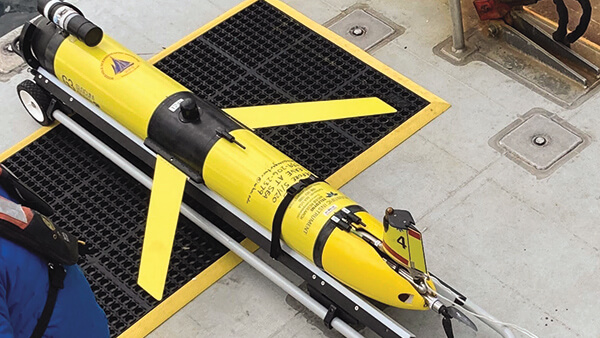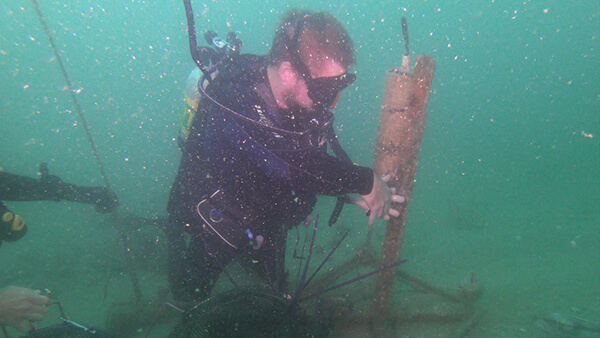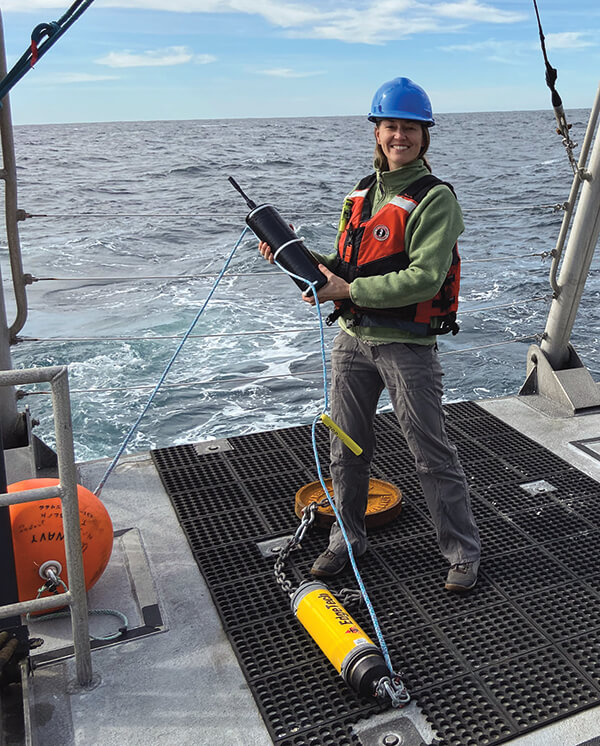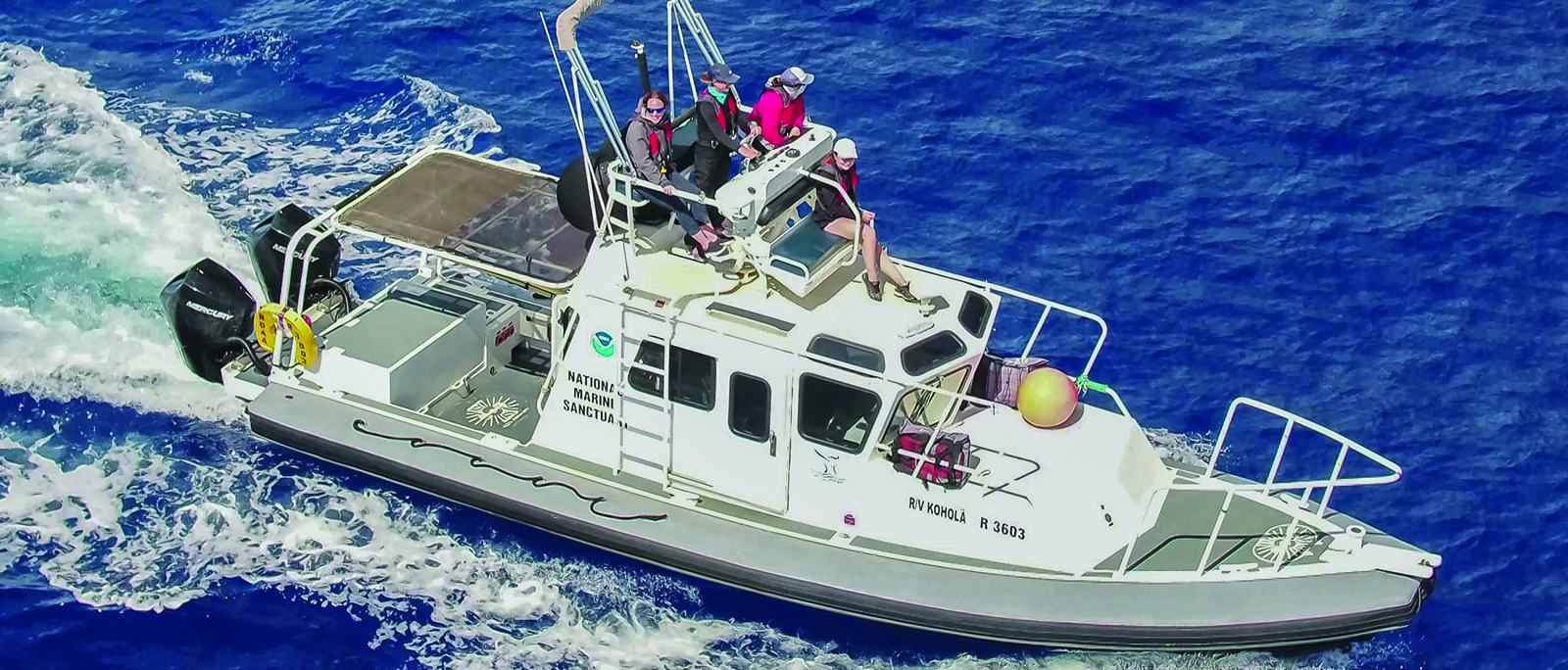Listening For Clues
The underwater world is full of sound. Many marine animals—shrimp, lobsters, fish, whales—use sound to communicate with one another, to find food, to detect predators, to attract mates, and more. NOAA and the U.S. Navy are managing a four-year project, working with numerous scientific partners, to study and better understand underwater sound within seven national marine sanctuaries and one marine national monument, including waters off Hawai’i and the East and West coasts. Sound data from the Sanctuary Soundscape Monitoring Project (SanctSound) are being integrated with other types of monitoring information. This includes animal tracking and environmental conditions to describe vital marine animal behavior, like where and when whales feed and fish spawn. Sounds made by people are also being monitored to better inform sanctuaries in designing ways to ensure that human uses are compatible with the long-term protection of resources.





